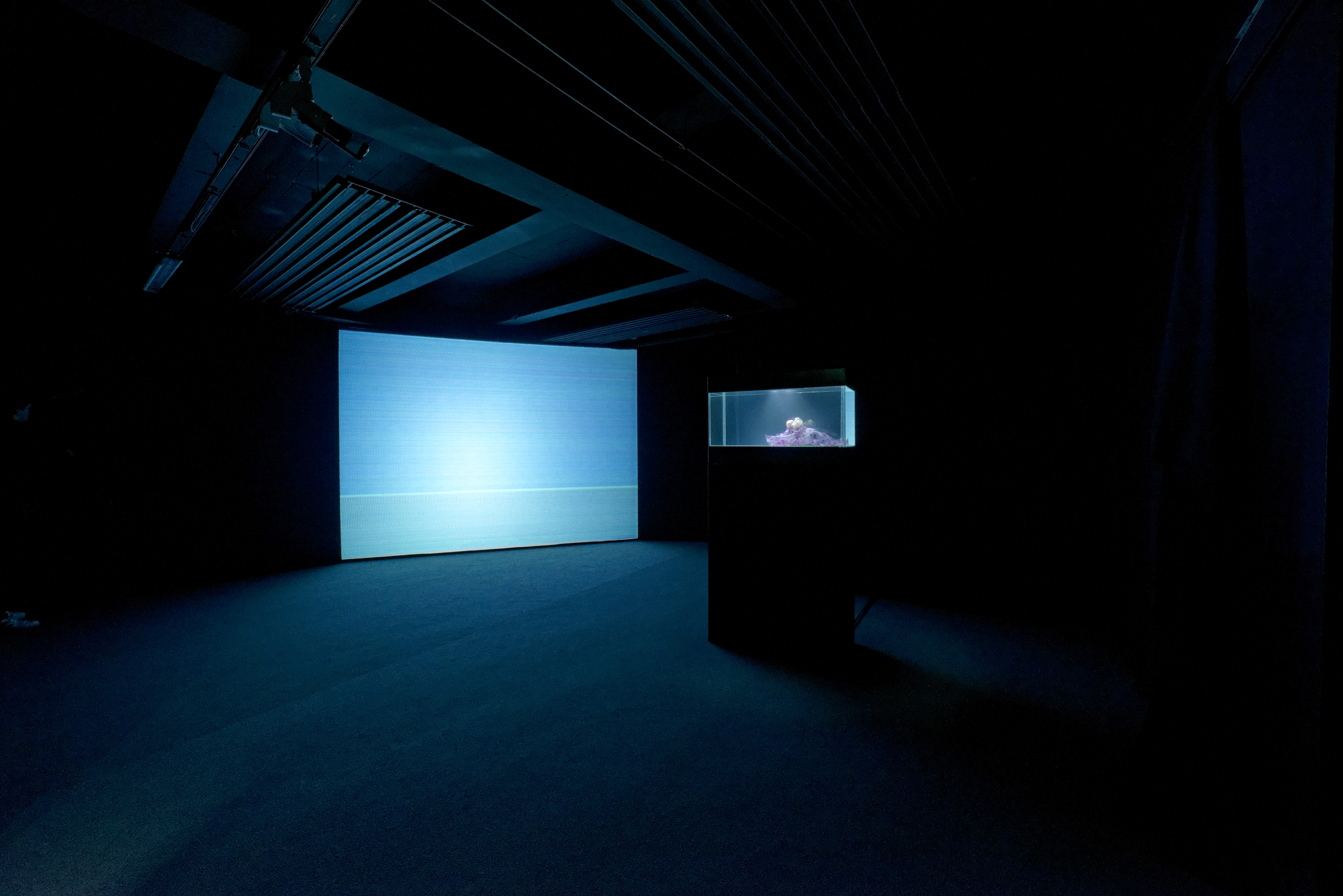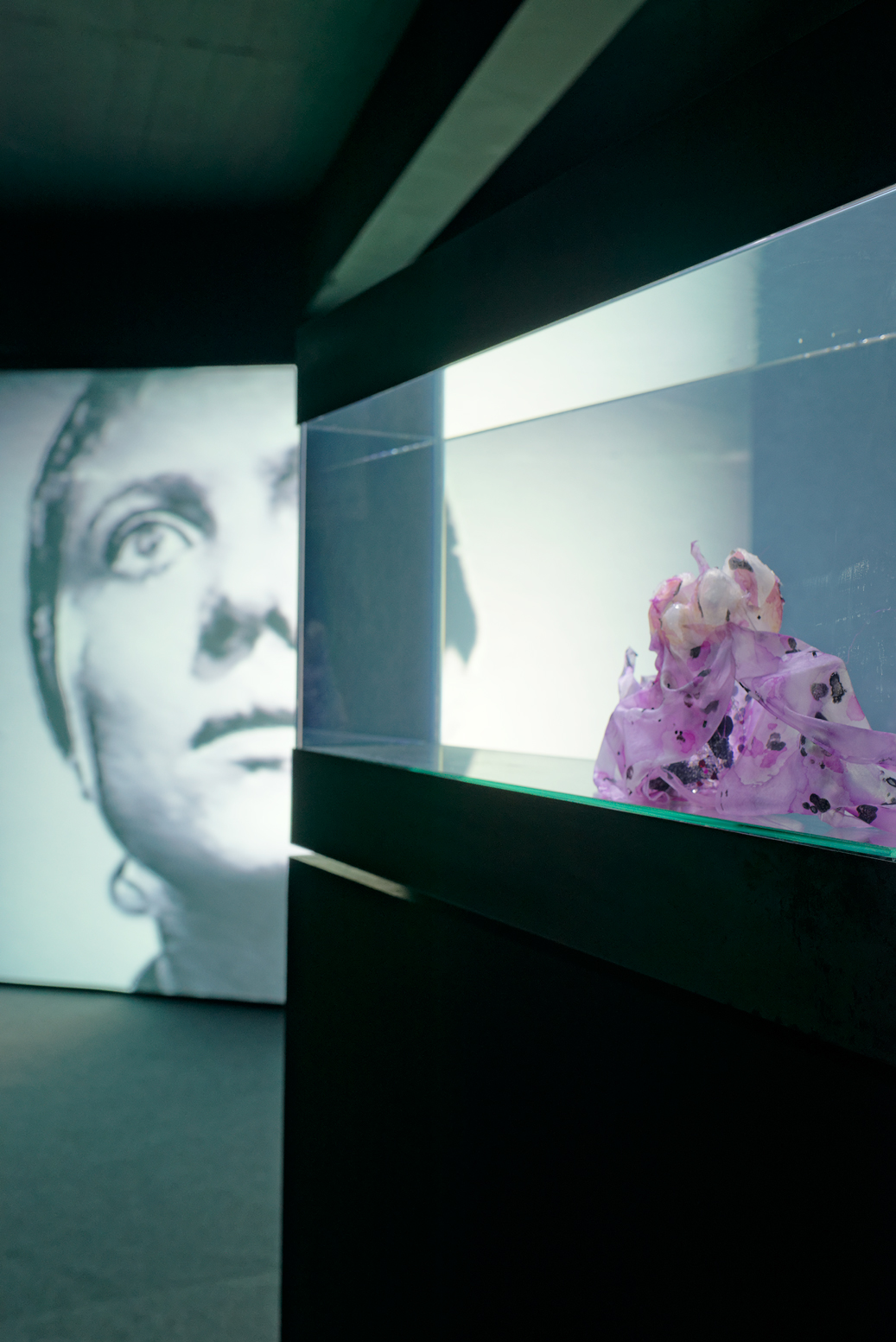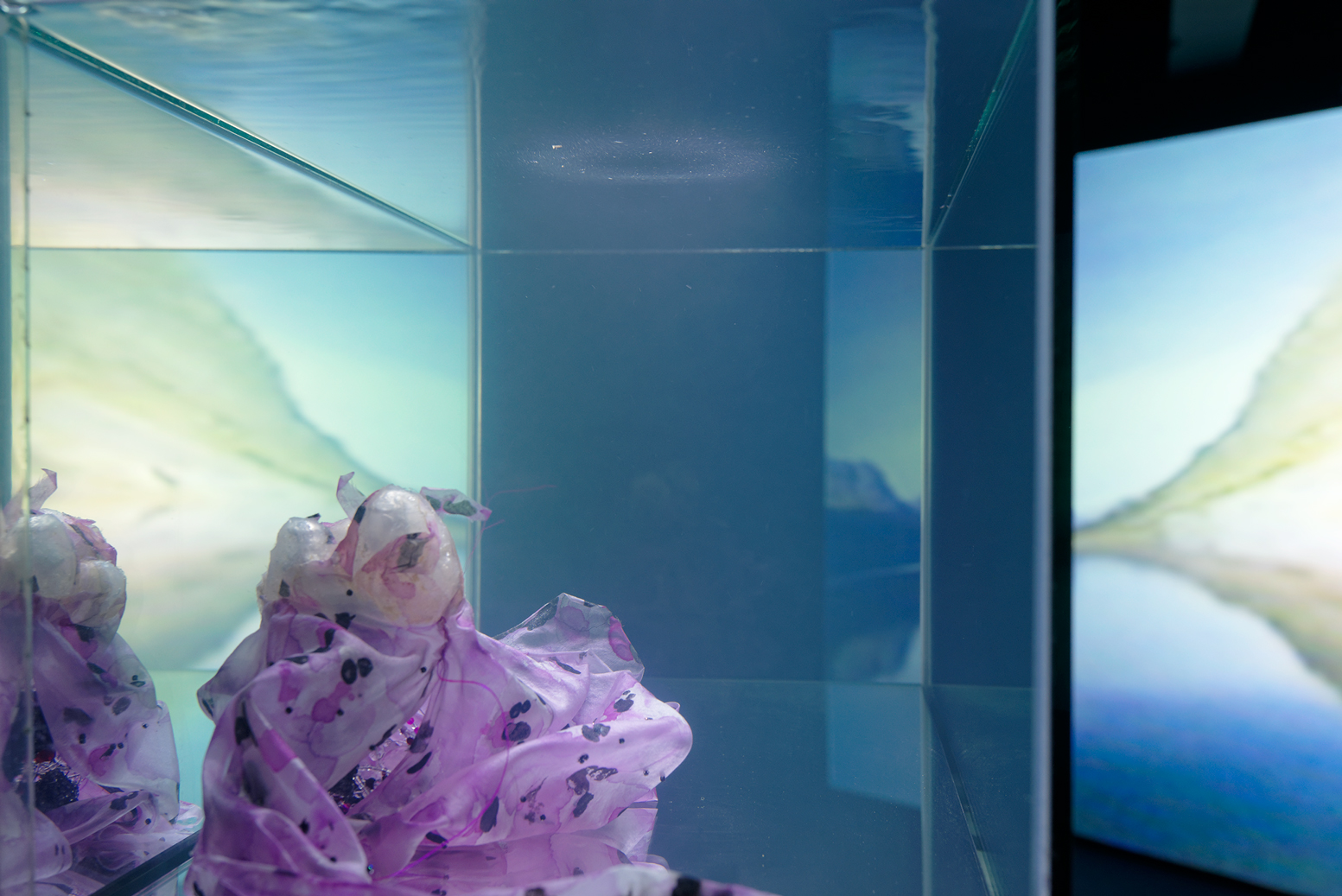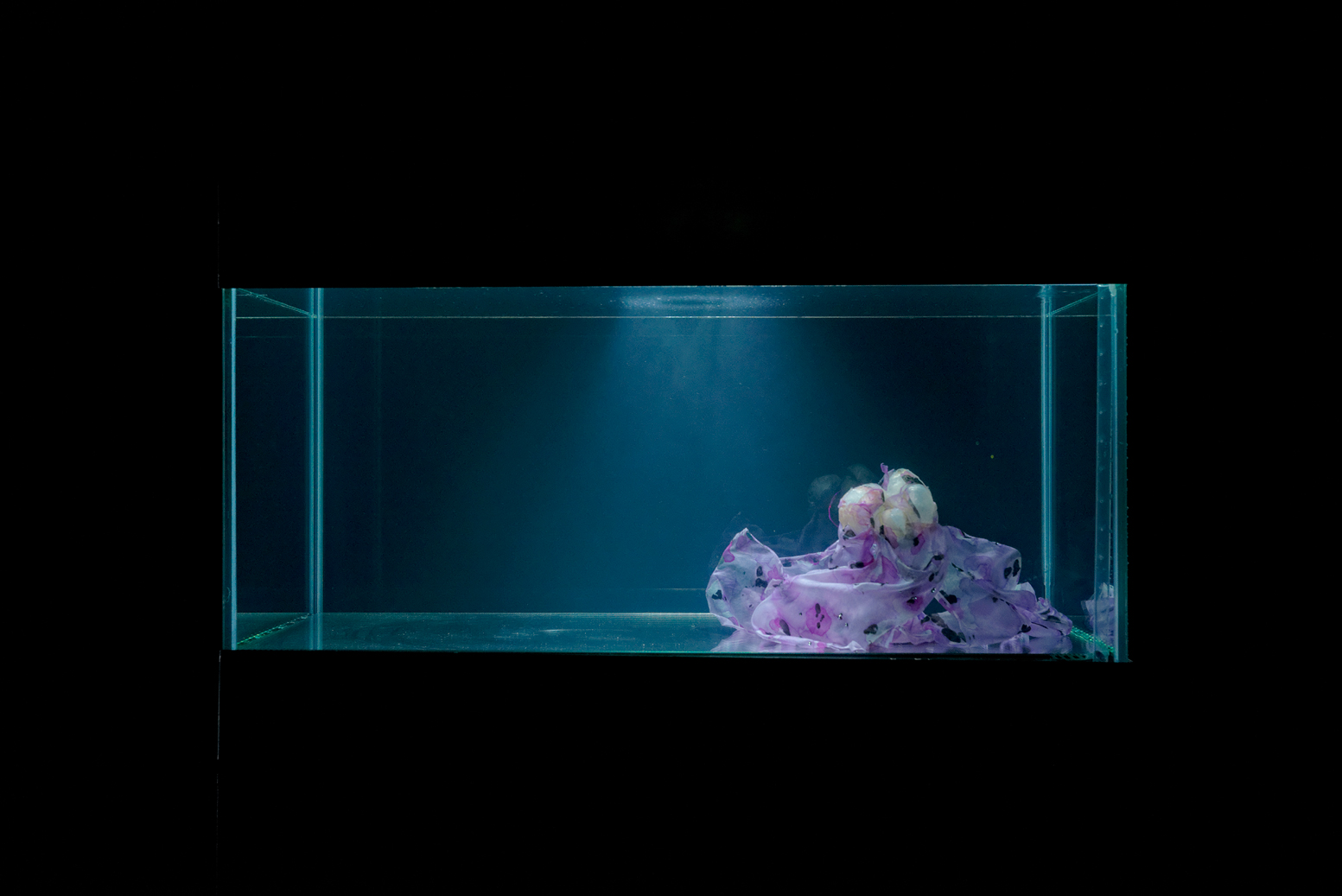




BRUNO PÉLASSY
LA PASSERELLE, BREST, FRANCE
FEBRUARY 7 — MAY 2, 2015
"Sans titre, sang titre, cent titres" is a singular artwork, be it in the history of video, experimental cinema or among art dealing with the disease. The work consists of a collage of images recorded from television, stolen and stitched from one video recorder to the next, governed by an emotional logic apparently devoid of any other meaning. Genre films, wildlife documentaries, television programmes, cartoons, series, silent movies, etc. The artist wove images and sequences together in keeping with the emotional progression of his own illness. The montage follows the logic of a progression which, though obeying the law of cause and effect, is not linear but more akin to rock climbing. The montage is jerky, rough, at times frenetic, yet sophisticated, playing on cuts and syncopation effects. Visual metaphors are drawn and leitmotifs punctuate the development of the text: an explosion in space, the car driving across Mount Hood from Stanley Kubrick’s The Shining (1980), the face of Renée Falconetti in Carl Theodor Dreyer’s The Passion of Joan of Arc (1928).
The work exists on VHS. This means that in order for it to be shown, every time the videotape is played, the physical medium is damaged and the image deteriorates, since magnetic tape is not a long-term storage medium. The marks of loss and destruction appear physically on the screen, sometimes to the point of invading it. Videotape, an evolving material, does not withstand the ravages of time and, while the cinematic image is “death twenty-four times per second” as Laura Mulvey affirms, here, death over time eats away at the photographic dimension of the image. The lesions transform the image into something else, at once diseased yet glittering, breathless yet shimmering: it is the circumstances, in other words the mechanics of repeated plays and the mechanism itself which project it into a programmed future and set it along the path of decomposition. The work is also a kind of snuff movie in the sense that death is not staged but is truly playing out live: a thick and expanding grain already covers over most of the sequences. In a vibrant pointillism, it accentuates the organic dimension of the medium.
His Créatures drift through aquariums, the inhabitants of a marine world. They are aestheticised magnifications of the virus in the realm of symbolism and spectacle. They waft through the water in slow motion. They hang in suspension, not so much floating as gliding. They undulate, ripple and dance. Enclosed, adorned in silk, netting, black lace, Swarovski beads or crystals, they are beheld and venerated. They are the immobilisation of a fragment of reality (the virus) before even becoming its metaphorical translation. Displaced and dominated thus, the object of fear acquires a new function through art and representation. Of course, the process rests on faith in the power of figuration, whose magical dimension can no longer be ignored here. It is a matter of immobilising the thing at the same time it is shown. Like images frozen on the video tape, it would seem suspension is the operating condition of representation here. It is based on a gesture because it is magic and transitory: it allows us to stop time, control its flow and movement. It is an outlet, it immobilises the virus, the object of its devotion, even if its only value resides in the moment of its realisation. For Bruno Pélassy, it clearly operates like a magic spell, and he uses its immobilising power thus in Sans titre, sang titre, cent titres. Suspension is at once a spasm, a tension and a jettatura. In an instant, he is able to halt an image of death. In this way, through the action of stopping, Bruno Pélassy steals death’s face. He rips off its petrifying power, which he can then clothe himself in.

|

|

|

|

|
|
© Aurélien Mole